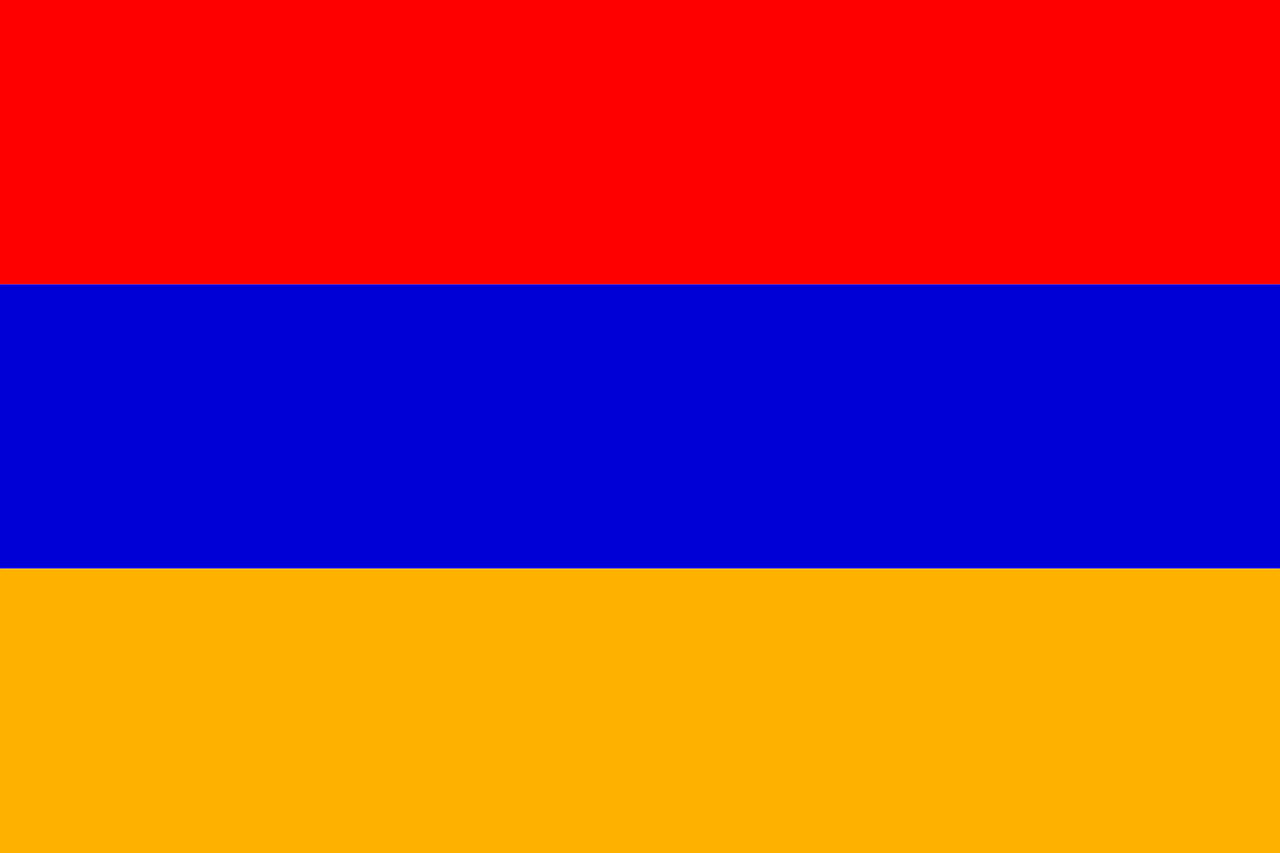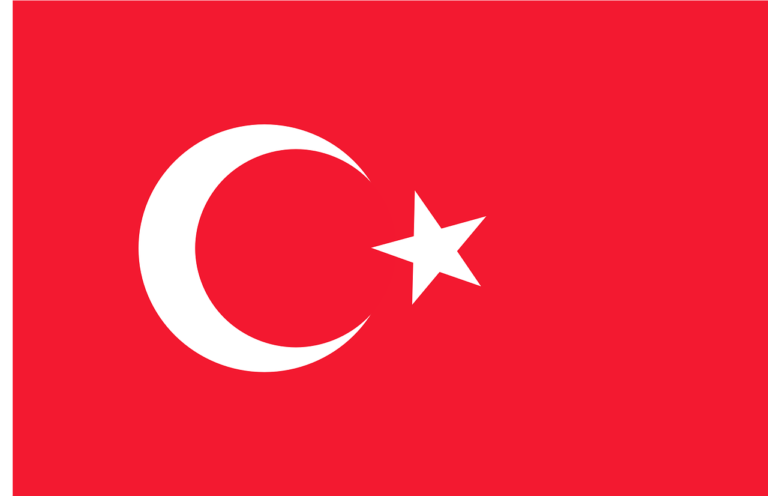Flags hold immense significance as they represent the essence of a nation, encapsulating its history, values, and aspirations. The national flag of Armenia, with its vibrant colors and distinctive design, stands as a powerful symbol of resilience, cultural heritage, and national identity. In this blog post, we will delve into the captivating story behind the Armenian national flag, exploring its origins, symbolism, historical importance, and its enduring significance in contemporary Armenian society.
Origins and Design:
The Armenian national flag, known as the “Flag of Armenia” or “Tricolor of Armenia,” features three horizontal bands of red, blue, and orange. The design of the flag dates back to the early 20th century when it was initially adopted during the short-lived First Armenian Republic (1918-1920). The colors and their arrangement have evolved over time, but the tricolor design has remained constant, symbolizing the unity and perseverance of the Armenian people.
Symbolism and Meaning:
Each color of the Armenian national flag carries deep symbolism. The red band represents the Armenian Highland, a historical and cultural homeland, and symbolizes the Armenian people’s determination and bravery. The blue band signifies the preservation of Armenian culture and heritage, while the orange band represents the courage and creativity of the Armenian people. Together, these colors embody the spirit, resilience, and national identity of Armenia.
Historical Significance:
The Armenian national flag holds profound historical importance as it represents the Armenian people’s struggles, achievements, and resilience throughout their turbulent history. The adoption of the flag during the First Armenian Republic marked a significant moment of independence and self-determination for the Armenian people, who fought for sovereignty amid the dissolution of the Ottoman Empire. The flag has since become a powerful emblem of Armenian identity, unity, and perseverance.
Cultural and National Identity:
In contemporary Armenian society, the national flag holds great cultural and national significance. It is proudly displayed during national celebrations, public events, and gatherings, serving as a unifying symbol of Armenian pride and identity. The flag represents the Armenian people’s rich cultural heritage, their commitment to preserving their traditions, and their collective aspiration for a prosperous future. It is a powerful reminder of the shared values, history, and resilience of the Armenian nation.
International Recognition and Influence:
The Armenian national flag is recognized and respected worldwide as a symbol of Armenian culture, history, and the Armenian diaspora. It proudly represents Armenia at international events, diplomatic missions, and sporting competitions. The flag’s design and symbolism have also influenced various artistic and cultural expressions, including literature, music, and visual arts, reflecting its enduring impact and recognition on the global stage.
The Armenian national flag, with its striking tricolor design of red, blue, and orange, stands as a powerful symbol of resilience, cultural heritage, and national identity for the Armenian people. It represents their historical journey, struggles, and triumphs, embodying the spirit of unity, determination, and cultural preservation. The flag serves as a constant reminder of the Armenian people’s unwavering commitment to their heritage, their collective strength, and their aspirations for a vibrant and prosperous future. As Armenia continues to shape its path, the national flag will remain a cherished emblem, representing the indomitable spirit and enduring identity of the Armenian nation.






